- Introduction
- What Is a ZGS American Type Substation?
- Key Features:
- Application Scenarios
- Technical Specifications of ZGS American Type Substation
- Market Trends and Industry Background
- ZGS vs. European Compact Substations
- Buying Advice: How to Choose the Right ZGS Substation
- Load Demand & Capacity
- Installation Conditions
- Switch Configuration
- Eco & Safety Options
- Compliance
- FAQs About ZGS American Type Substations
- Conclusion
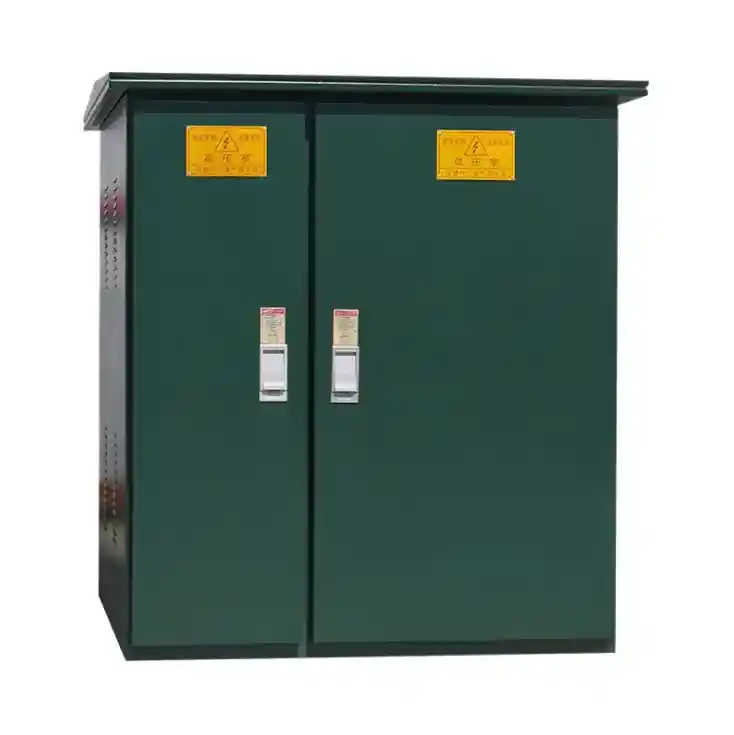
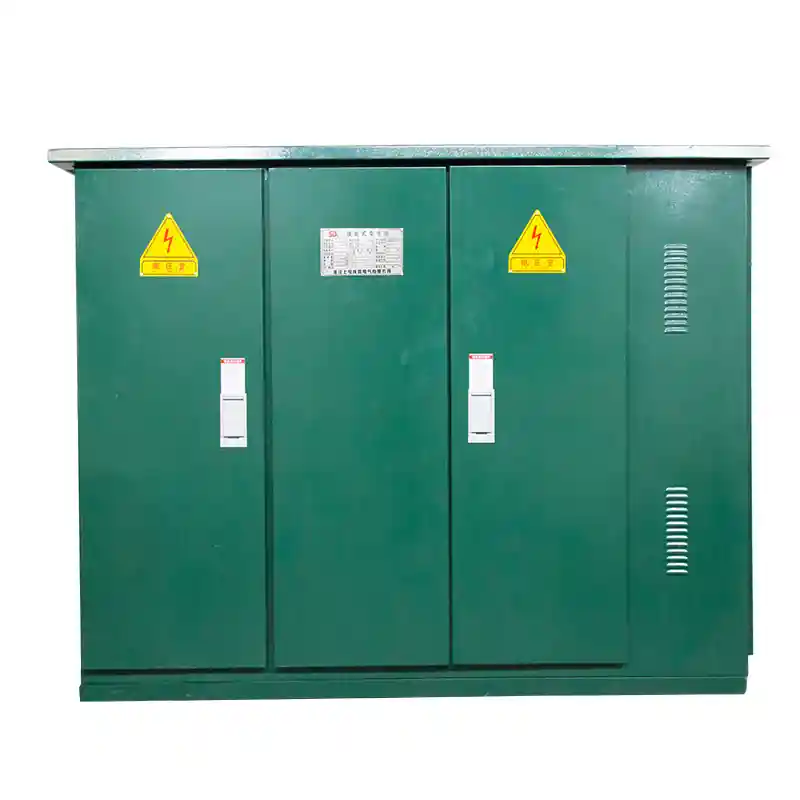
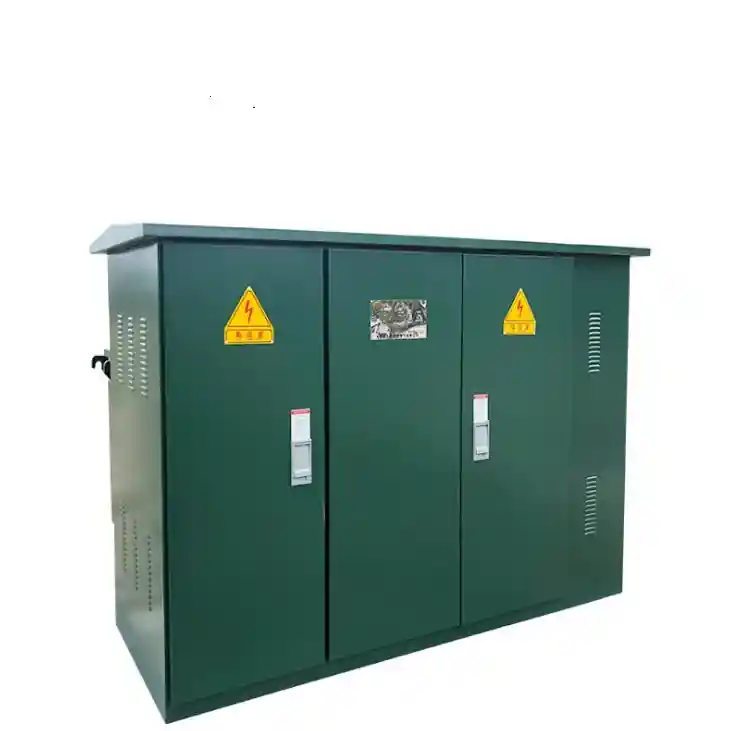
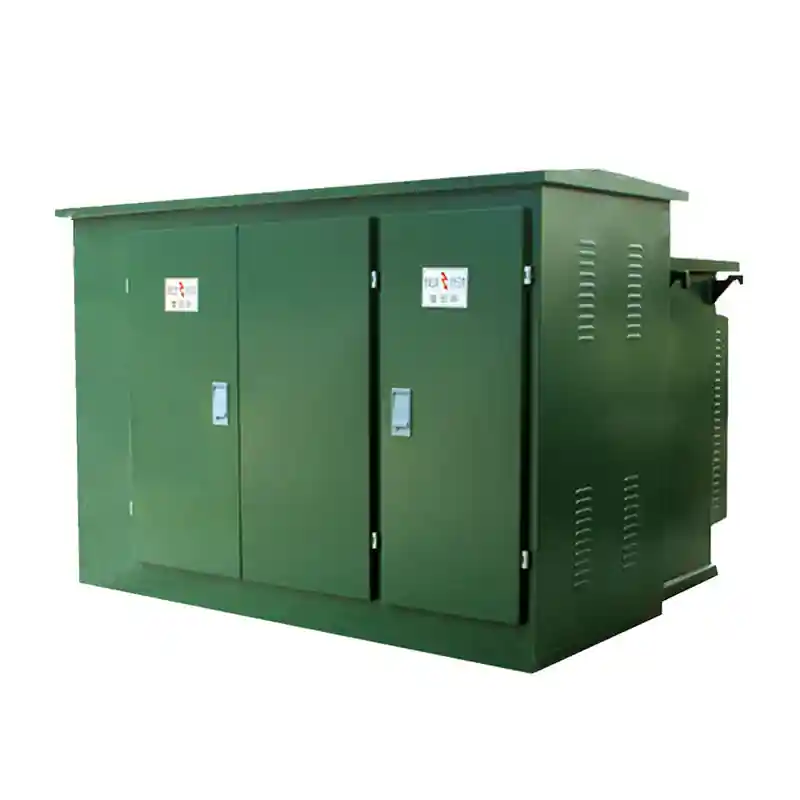
Introduction
In the evolving landscape of power distribution, the demand for safe, compact, and efficient substation solutions is higher than ever. The ZGS American Type Substation, also known as the American Pad-Mounted Compact Substation, is engineered to meet this demand with a practical and integrated design. Whether used in urban neighborhoods, renewable energy projects, or industrial parks, ZGS substations offer a durable and cost-effective alternative to conventional distribution systems.
This article explores the core concept of ZGS substations, their practical applications, market relevance, technical specifications, and how they differ from other compact Substation guide models such as European types.
What Is a ZGS American Type Substation?
A ZGS American Type Compact Substation is a fully enclosed, pad-mounted electrical substation that integrates a high-voltage load break switch, a distribution transformer, and a low-voltage distribution panel into a single compact, weatherproof steel enclosure.
Key Features:
- Pad-mounted design for easy installation on concrete bases
- Fully sealed oil-immersed transformer
- Integrated high-voltage and low-voltage compartments
- Designed according to ANSI/IEEE and IEC standards
- Commonly available in ring main or radial feed configurations

Application Scenarios
ZGS substations are built for high reliability and minimal maintenance, making them ideal for a wide range of medium- to low-voltage distribution applications:
- Urban residential and commercial areas
- Industrial factories and logistics centers
- Renewable energy fields (solar and wind power systems)
- Airports, hospitals, and rail transport infrastructure
- Temporary construction power distribution
Their compact size and all-in-one design reduce the need for civil works, which is especially valuable in areas where space is limited or environmental conditions are harsh.
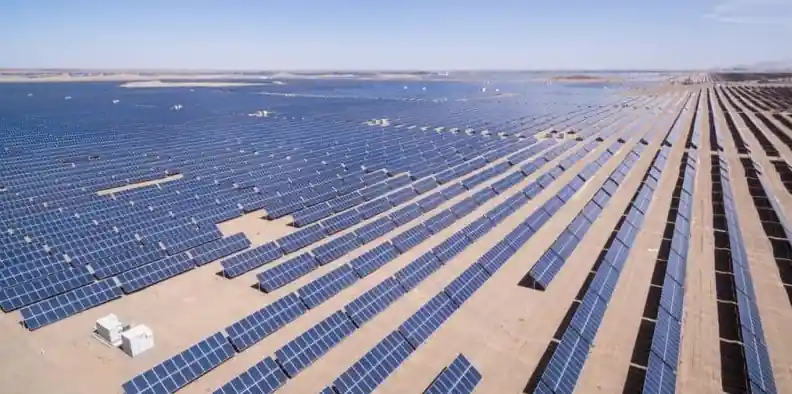
Technical Specifications of ZGS American Type Substation
| Parameter | Typical Value |
|---|---|
| Rated Voltage (HV side) | 11kV / 15kV / 20kV / 33kV |
| Rated Voltage (LV side) | 400V / 415V / 690V |
| Transformer Capacity | 100 kVA – 2500 kVA |
| Cooling Method | Oil-immersed, ONAN |
| Insulation Medium | Mineral oil or FR3 eco-friendly fluid |
| Protection Class | IP33 / IP44 (customizable) |
| HV Switch Type | Load break switch or vacuum circuit breaker |
| Standards | ANSI C57.12, IEEE Std 386, IEC 61330 |
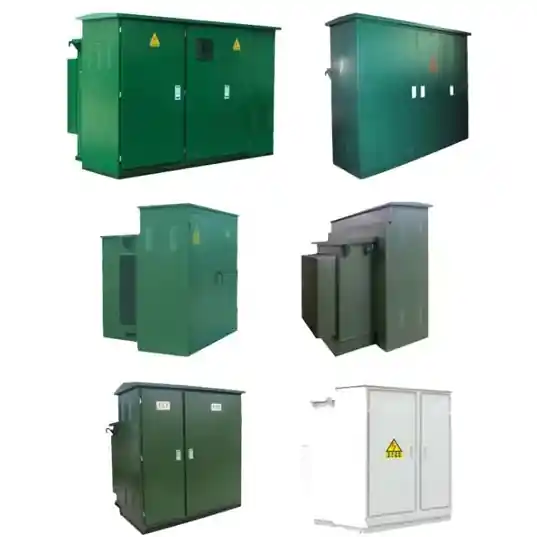
Market Trends and Industry Background
As global infrastructure grows and decentralization of energy networks accelerates, the demand for pre-engineered, modular substations continues to rise. According to a 2024 report by MarketsandMarkets, the compact substation market is projected to exceed USD 10 billion by 2028, with the American-style design accounting for a growing share due to its modularity and durability.
Leading manufacturers such as ABB, Schneider Electric, Siemens, and PINEELE offer ZGS substations that comply with both IEEE and IEC standards, enhancing their global adaptability.
Reference: IEEE Standards for Pad-Mounted Equipment, Wikipedia: Pad-Mounted Transformer
ZGS vs. European Compact Substations
Understanding the difference between ZGS (American) and European compact substations is crucial for specifying the right equipment:
| Feature | ZGS American Type | European Type |
|---|---|---|
| Access Direction | Top-mounted; single access panel | Side-mounted; separate doors |
| Structure | Integrated steel enclosure | Compartmentalized concrete/steel |
| Transformer Type | Oil-immersed, fully sealed | Oil or dry type |
| Use Case | Widely used in North America & Asia | Common in EU, Middle East |
| Cable Connection | Top/bottom feed, elbow connectors | Side access, terminal blocks |
| Maintenance | Low; sealed system | Modular, easier component swap |
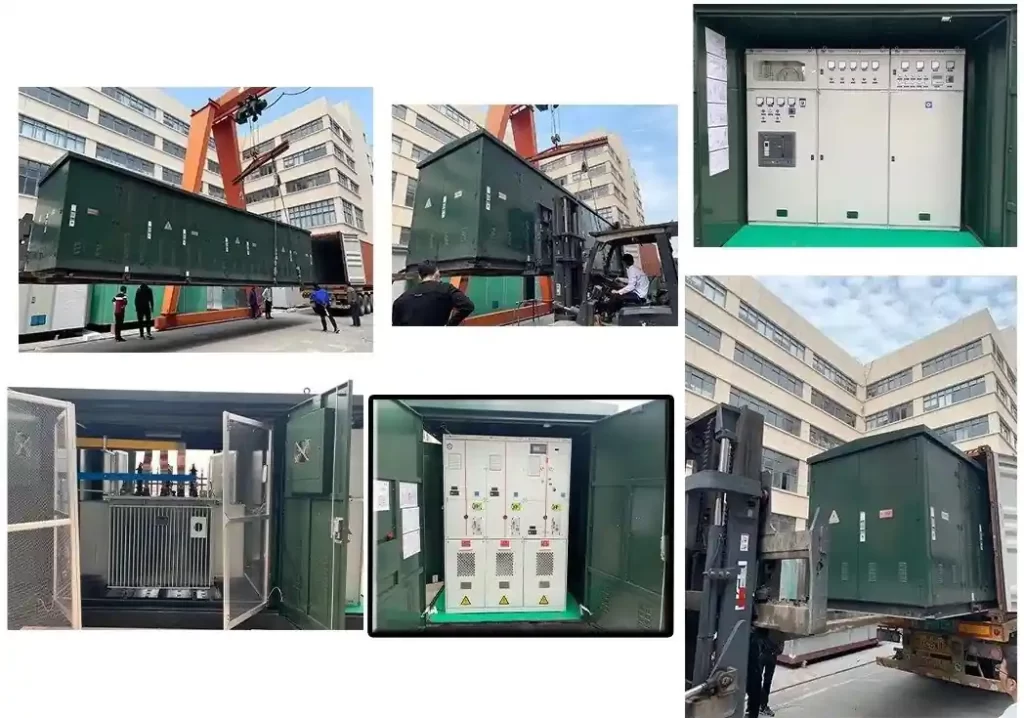
Buying Advice: How to Choose the Right ZGS Substation
Choosing the right ZGS substation involves evaluating key aspects of your project:
Load Demand & Capacity
- Ensure the transformer rating matches both current and future electrical loads.
Installation Conditions
- Select IP-rated enclosures based on humidity, temperature, and dust conditions.
Switch Configuration
- Choose between ring main unit (RMU) or radial depending on redundancy requirements.
Eco & Safety Options
- Opt for FR3 fluid insulation if environmental protection is a concern.
- Add arc fault protection or remote monitoring systems as needed.
Compliance
- Ensure the product meets ANSI, IEEE, and local utility standards.
FAQs About ZGS American Type Substations
ZGS typically refers to a “ZhongGuiShi” configuration in Chinese standards or is used interchangeably to denote American pad-mounted transformer substations. It signifies an integrated, sealed, compact power distribution solution.
Yes. They are ideal for solar and wind farms due to their compactness, reliability, and minimal maintenance, often serving as the interface between inverters and utility grids.
With proper installation and occasional inspections, a ZGS compact substation guide can last 25–30 years, especially when sealed and using high-quality oil insulation systems.
Conclusion
The ZGS American Type Substation offers a reliable, space-saving, and highly integrated solution for modern power distribution needs. From residential grids to industrial zones and clean energy projects, this compact substation design combines durability, efficiency, and safety in one package.
When sourced from trusted manufacturers like PINEELE, and installed in compliance with IEEE and IEC standards, ZGS substations deliver long-term performance with minimal operational risk.

